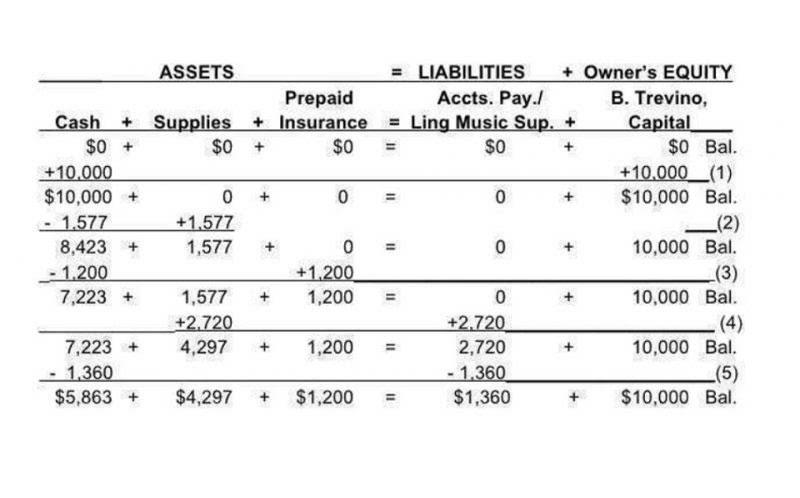
In highly competitive markets, companies might be compelled to reduce prices, which can erode the gross margin. On the other hand, a company with a unique value proposition or a differentiated product might enjoy higher pricing power and a healthier margin. Gross profit margin is a vital metric that quantifies the proportion of total revenue that exceeds the cost of goods sold (COGS). However, multiple factors can impact this figure, both internally and externally. Gross margin, a key financial performance indicator, is the profit percentage after deducting the cost of goods sold (COGS) from a company’s total revenue. Returning to the example of the shoe company with a 32.9% profit margin, imagine that it spends $4.3 million on non-operating expenses.

The Gross Margin Ratio in Different Industries
All such information is provided solely for convenience purposes only and all users thereof should be guided accordingly. This comparison allows businesses to benchmark their performance, identifying if they are leaders, laggards, or somewhere in between. A low ratio indicates that the seller makes little profit while incurring high costs. It is an excellent long-term choice to redesign items such that they employ less costly parts or are less expensive to manufacture. The notion of target costing may be applied to develop goods with predefined margins. Only direct materials, according to others, should be included because they are the only variable that changes in proportion to income.
What business has the highest profit margin?
- Wages and related expenses might increase in regions or industries experiencing labor shortages or where labor unions are strong.
- It’s useful for evaluating the strength of sales compared to production costs.
- In highly competitive markets, companies might be compelled to reduce prices, which can erode the gross margin.
- Gross margin ratio is a profitability ratio that compares the gross margin of a business to the net sales.
- If you offer multiple goods or services, you may discover they don’t all perform equally well.
Retailers can measure their profit by using two basic methods, namely markup and margin, both of which describe gross profit. Markup expresses profit as a percentage of the cost of the product to the retailer. Margin expresses profit as a percentage of the selling price of the product that the retailer determines. These methods produce different percentages, yet both percentages are valid descriptions of the profit. It is important to specify which method is used when referring to a retailer’s profit as a percentage.
Do you already work with a financial advisor?
The operating profit margin is useful to identify the percentage of funds left over to pay the Internal Revenue Service and the company’s debt and equity holders. Gross profit margin is an important metric for measuring the overall financial health of your business. If you have a negative gross profit ratio, it means your basic cost of doing business is greater than your total revenue. A positive gross profit ratio shows that you’re successfully covering your operating costs and generating a profit.
Net Sales is the equivalent to revenue or the total amount of money generated from sales for the period. It can also be referred to as net sales because it can include discounts and deductions from returned merchandise. Revenue is typically called the top line because it appears at the top of the income statement. Costs are subtracted from revenue to calculate net income or the bottom line. A low gross margin accounting does not necessarily indicate a poorly performing company.

A clothing retailer might have a gross profit margin of anywhere from 5% to 13% and still be considered a healthy business. The operating profit margin reveals a company’s bottom line profitability after subtracting all of its expenses, including taxes and interest payments. Generally put, a higher gross profit margin is perceived positively in practically all industries, since the potential for higher operating margins and net profit margins increases. Net profit margin is a key financial metric indicating a company’s financial health. Also known as net margin, it shows the profit generated as a percentage of the company’s revenue. Simply put, net profit margin is the ratio of its net profit to its revenues.
Gross Margin Ratios in Various Industries

- Assess which products deliver the best profit and consider whether you could cut poorly performing products and focus on more profitable ones.
- However, keep in mind that other factors can impact this figure, such as industry, company size, and other external factors.
- We’ll explore what gross profit margin is, how to calculate it, and work through some examples.
- Founded in 1993, The Motley Fool is a financial services company dedicated to making the world smarter, happier, and richer.
- Banks and investors may ask to see net profits to demonstrate that your company can successfully generate a profit after all costs are accounted for.
- This means 19.33% of every dollar earned is retained for operating expenses.
